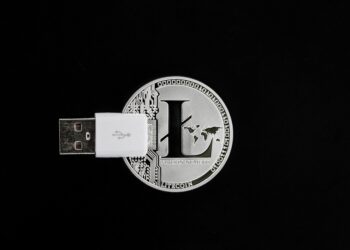Blockchain technology has revolutionized the way we think about digital transactions, providing a transparent and secure way to conduct business. One of the key components of blockchain technology is the consensus mechanism, which is the process by which all participants in the network come to an agreement on the validity of transactions.
One of the most commonly used consensus mechanisms in blockchain is Proof of Work (PoW), which was popularized by Bitcoin. PoW requires participants in the network to solve complex mathematical puzzles in order to validate transactions and add new blocks to the blockchain. This process is energy-intensive and time-consuming, but it is designed to ensure that the network is secure and resistant to attacks.
However, some critics argue that PoW is not the most secure consensus mechanism for blockchain. One of the main criticisms of PoW is that it is vulnerable to the “51% attack,” in which a single entity or group of entities controls more than half of the network’s computing power. This would allow them to manipulate transactions and potentially double-spend coins, undermining the integrity of the blockchain.
Another criticism of PoW is its environmental impact. The energy-intensive nature of PoW means that large amounts of electricity are consumed in order to validate transactions, leading to concerns about carbon emissions and sustainability. As the technology scales and more transactions are processed, the environmental impact of PoW becomes even more pronounced.
In response to these criticisms, some blockchain projects have adopted alternative consensus mechanisms, such as Proof of Stake (PoS) or Delegated Proof of Stake (DPoS). These mechanisms rely on participants holding a stake in the network or delegating their voting power to others in order to validate transactions. Proponents of these mechanisms argue that they are more energy-efficient and secure than PoW, as they do not rely on computational power to secure the network.
Ultimately, the debate over the most secure consensus mechanism for blockchain is ongoing. While PoW has its drawbacks, it has proven to be effective in securing some of the most popular blockchains in operation today. However, as the technology continues to evolve, it is likely that new consensus mechanisms will emerge that offer greater security, scalability, and sustainability.
In conclusion, while Proof of Work has been a cornerstone of blockchain technology for many years, it may not be the most secure consensus mechanism in the long run. As the industry continues to innovate, it is important for developers and researchers to explore alternative mechanisms that can address the shortcomings of PoW and ensure the continued growth and adoption of blockchain technology.








